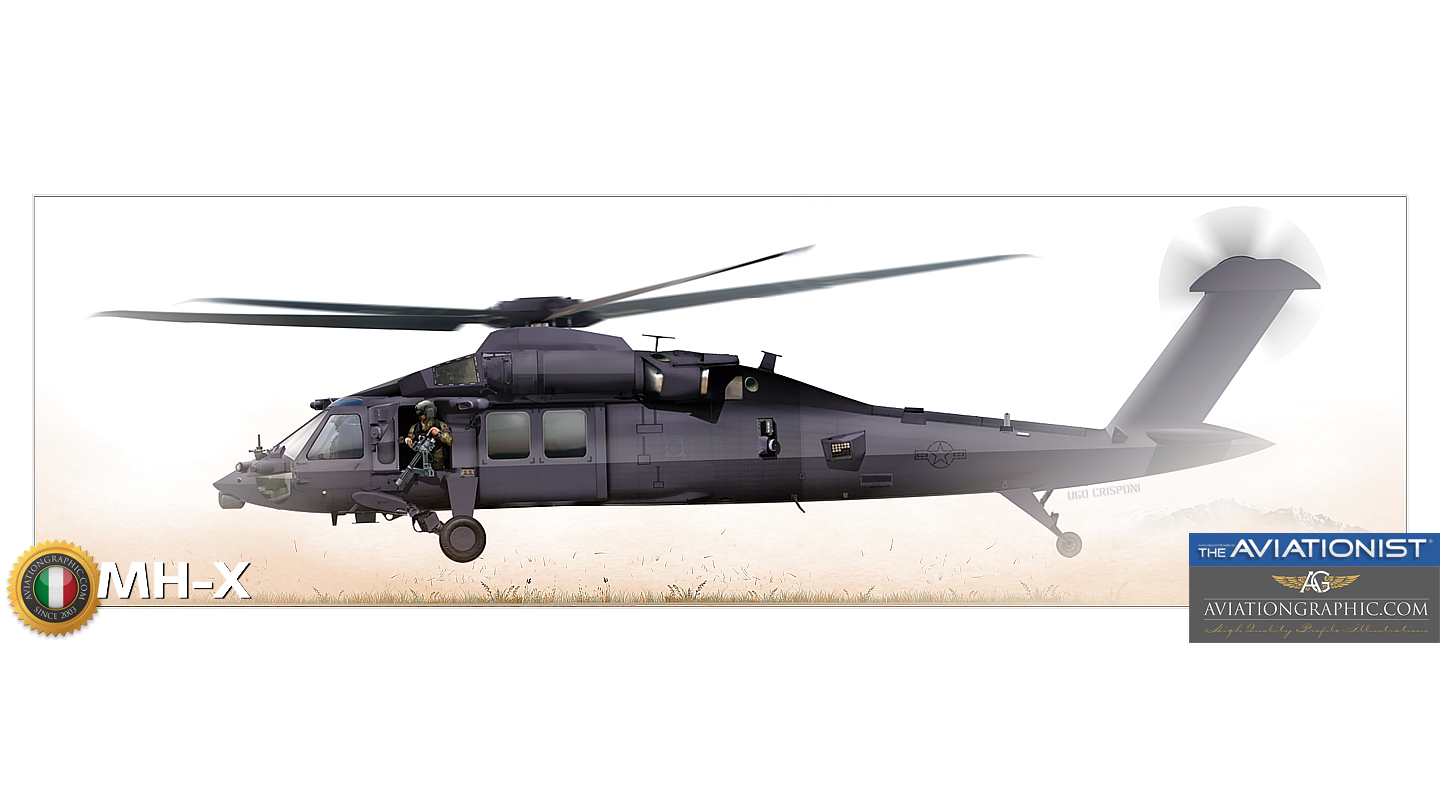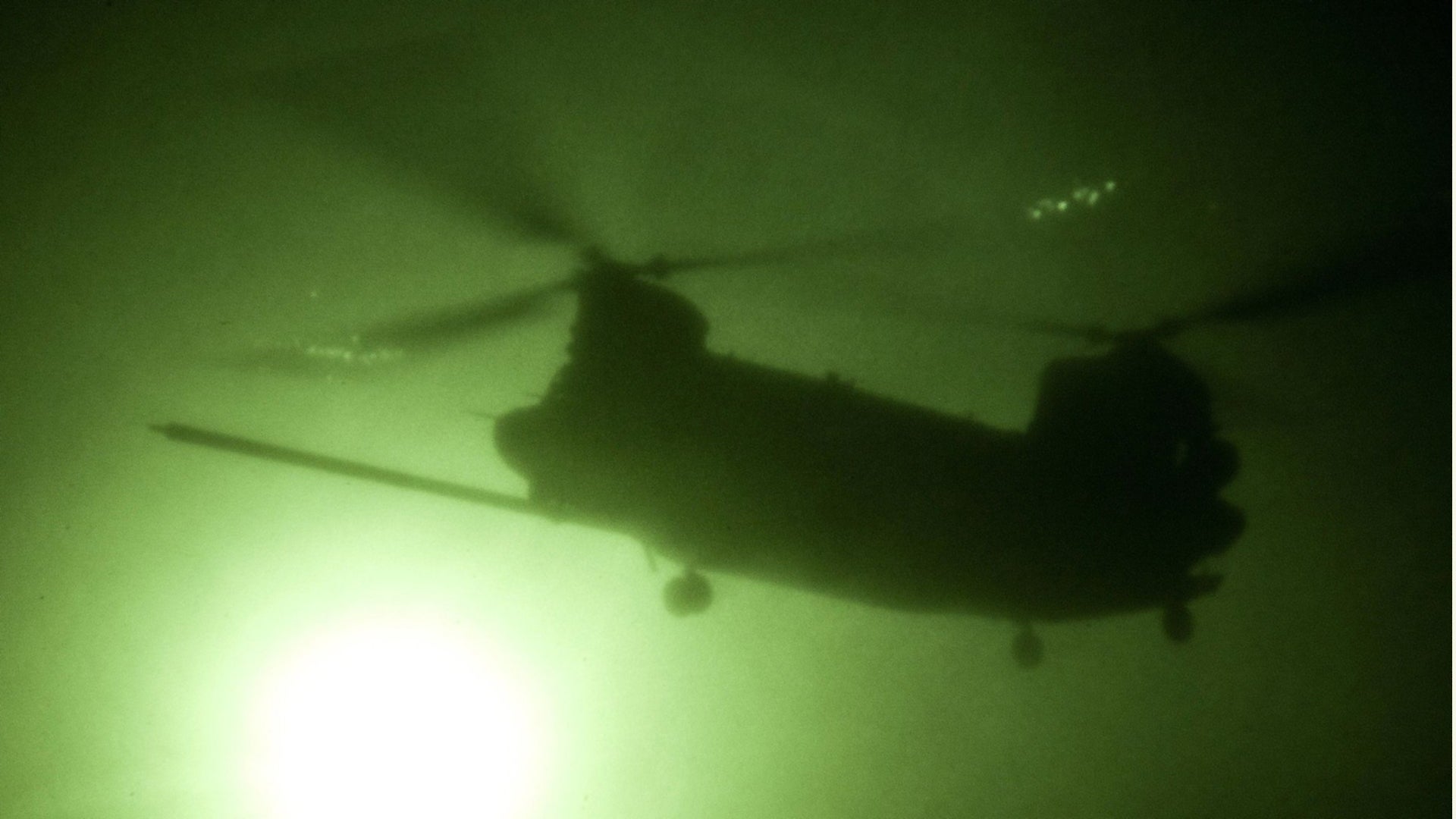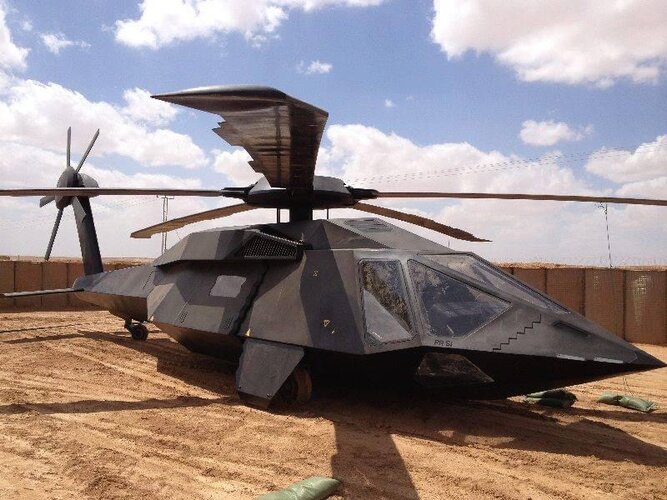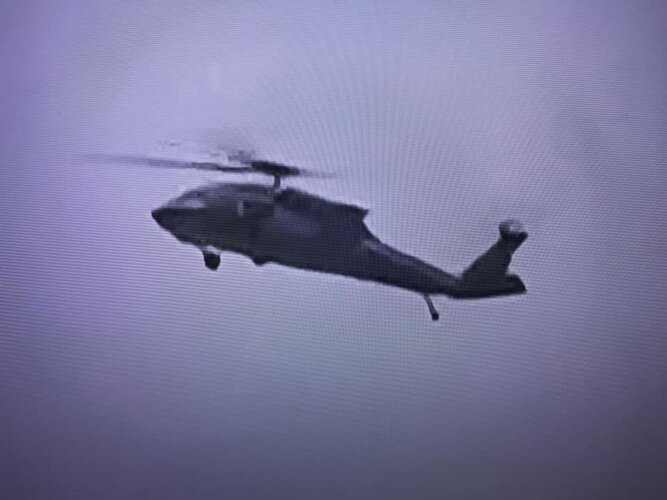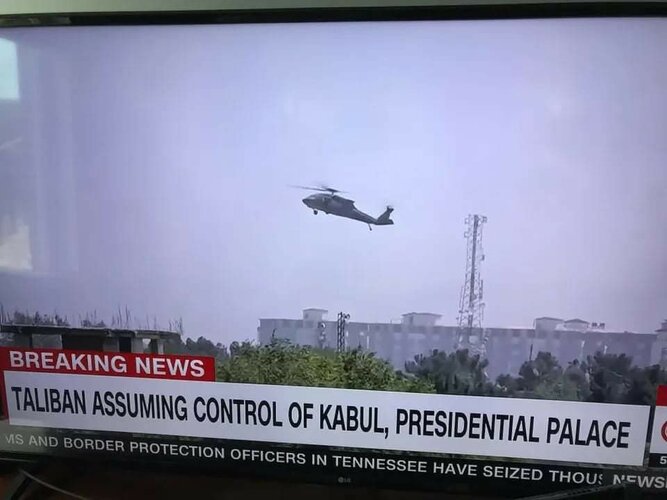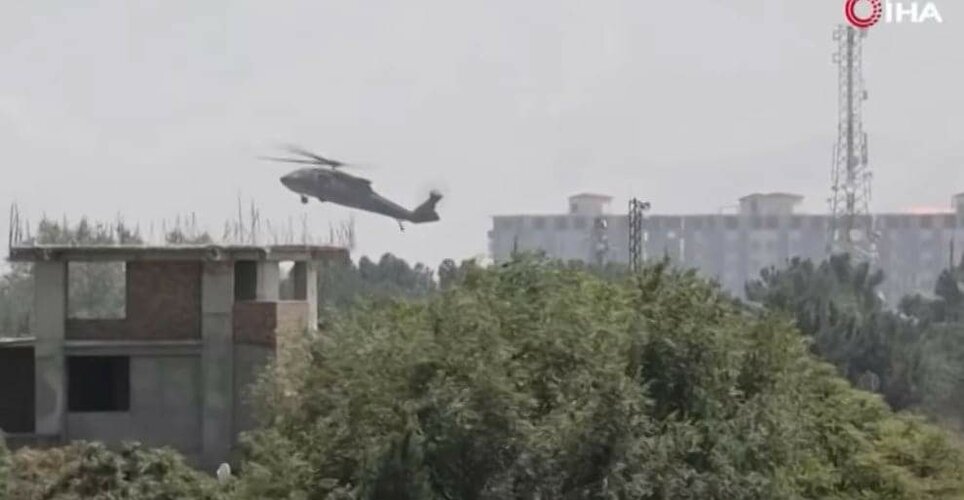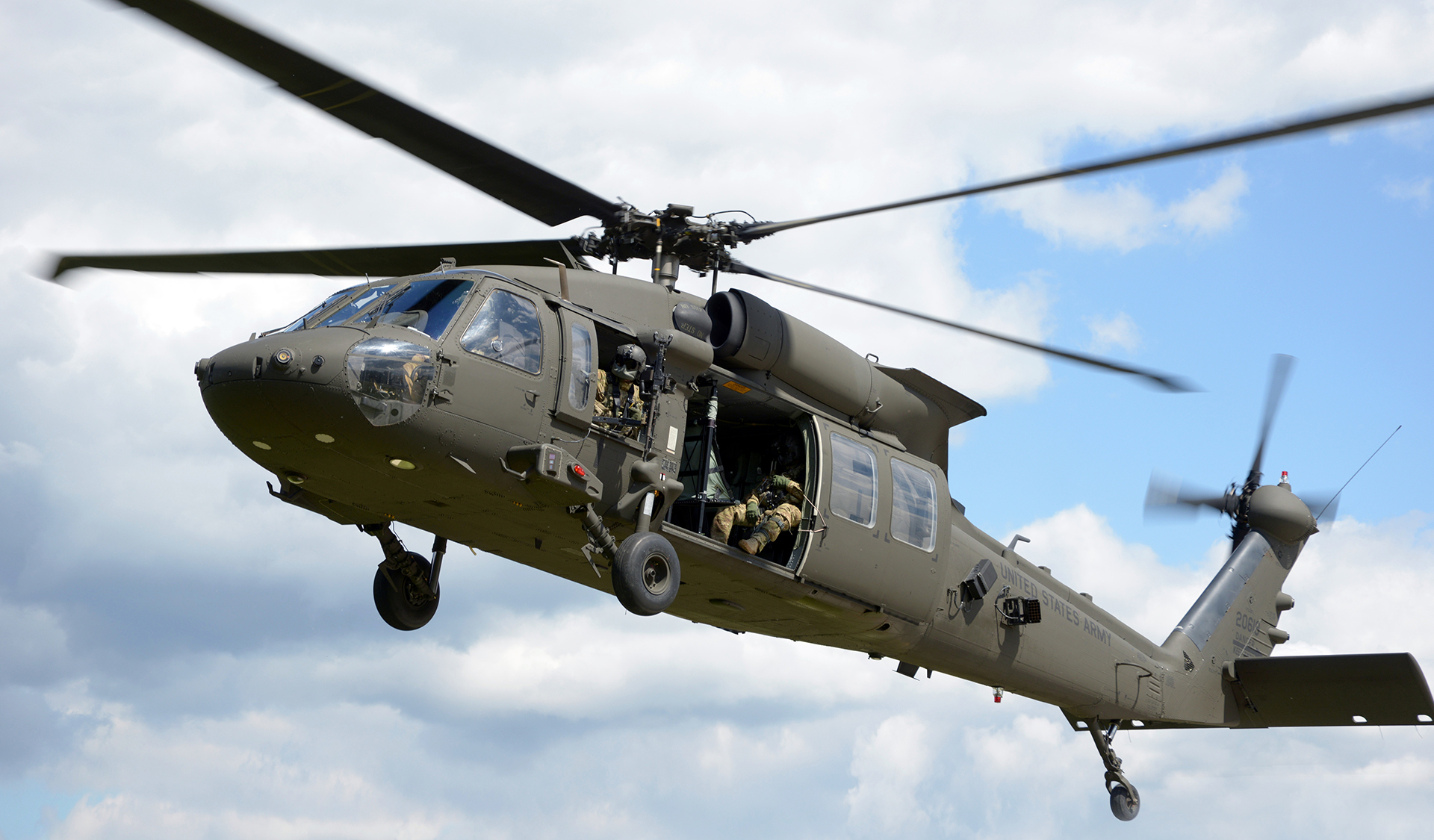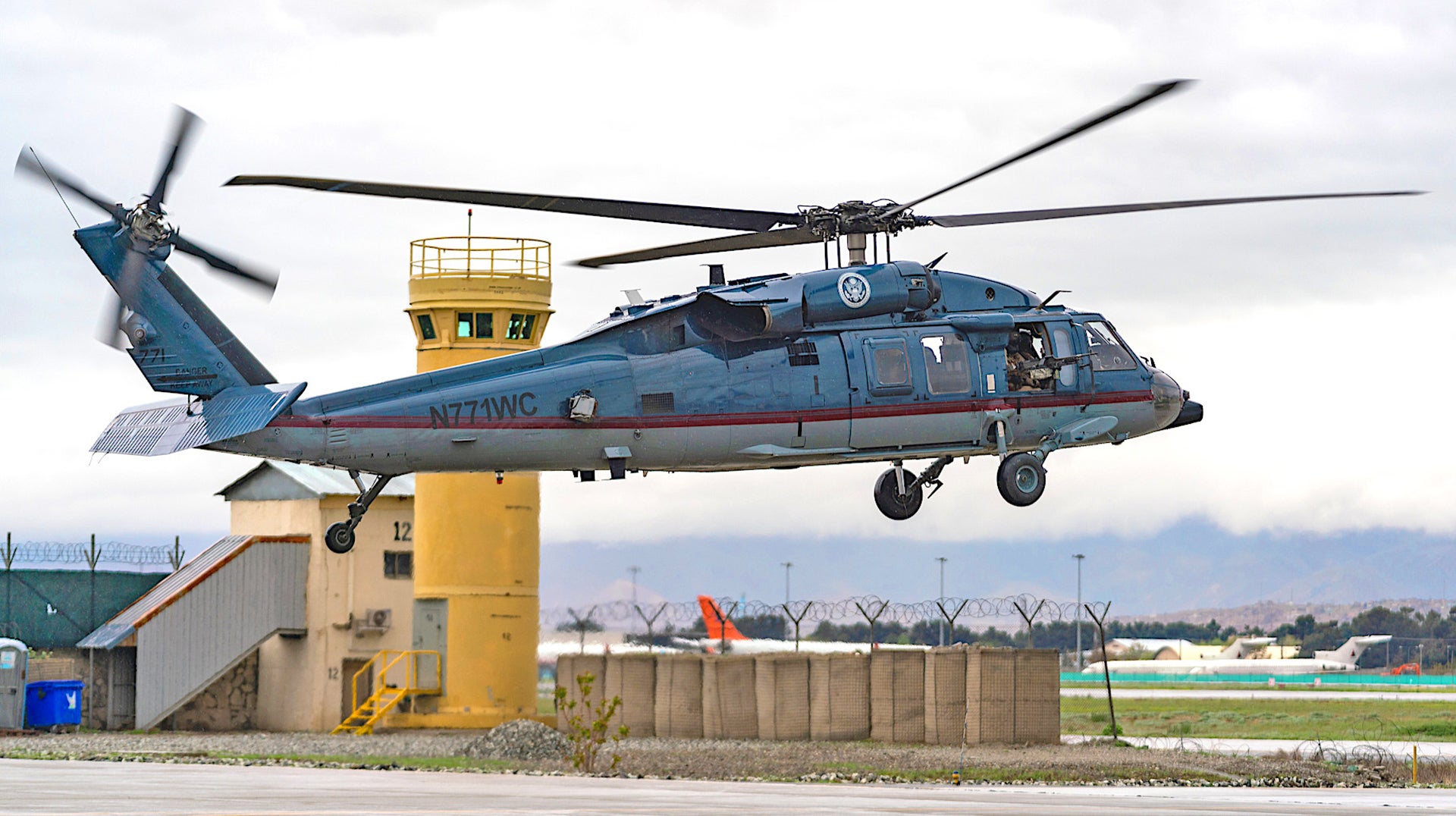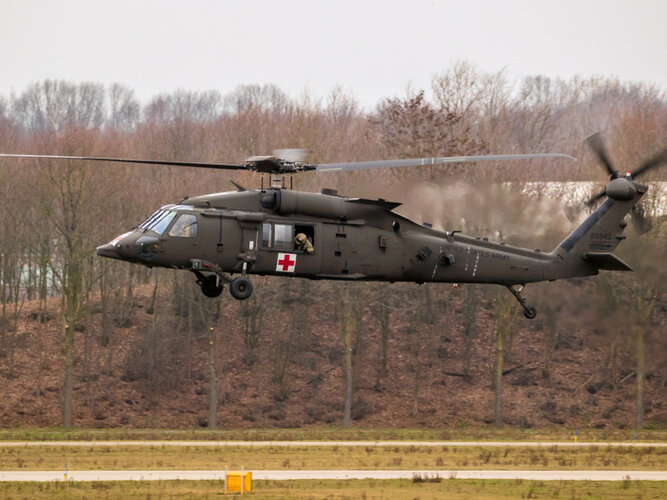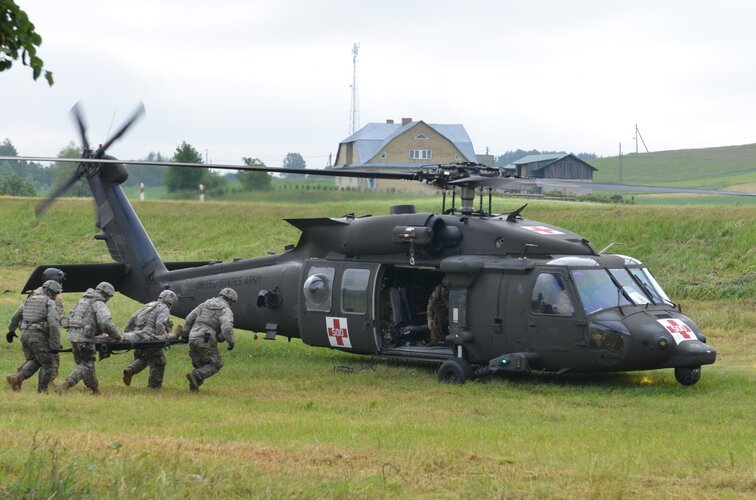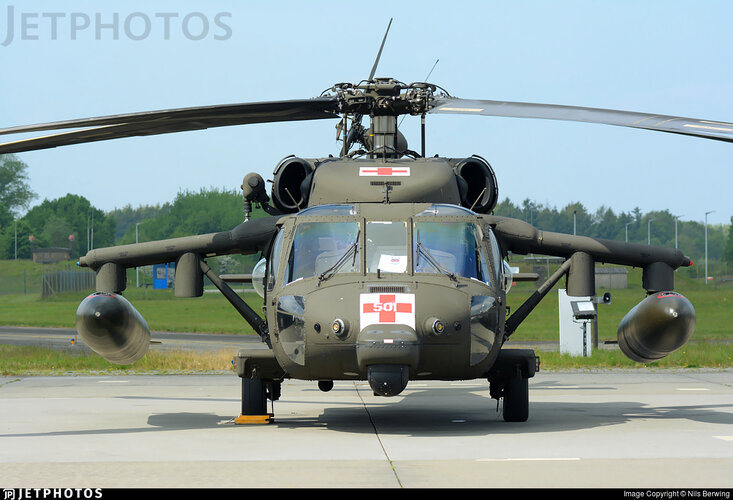Some little bits of info about the choppers on the raid: (updated with quotes)
LEON PANETTA: They decided to make use of these newer helicopters that had been developed because they were better able to avoid radar detection.
JEREMY BASH: We all went out to the observation post—we were given night vision goggles and parkas to stay warm—and looked out over the ridge and waited for the helicopters to emerge. To the surprise of everybody, the helicopters emerged not at the ridge we were looking at, but actually right behind us, right over our backs. It reinforced how these aircraft could come with a pretty good degree of surprise.
LEON PANETTA: They had to put the body on the helicopter, get whatever intelligence they could that was in the compound, destroy the helicopter that was down because it was classified and they did not want it falling into the hands of the Pakistanis or, more importantly, the Chinese.
MIKE LEITER: The president at the moment quipped to Bill McRaven, “You just blew up a $65 million helicopter and you don’t have enough money to buy a tape measure?”
EON PANETTA: Then it was really a question of McRaven working with the SEAL team to practice that operation. A model of the compound was built at one of our classified facilities.

 www.politico.com
www.politico.com
LEON PANETTA: They decided to make use of these newer helicopters that had been developed because they were better able to avoid radar detection.
JEREMY BASH: We all went out to the observation post—we were given night vision goggles and parkas to stay warm—and looked out over the ridge and waited for the helicopters to emerge. To the surprise of everybody, the helicopters emerged not at the ridge we were looking at, but actually right behind us, right over our backs. It reinforced how these aircraft could come with a pretty good degree of surprise.
LEON PANETTA: They had to put the body on the helicopter, get whatever intelligence they could that was in the compound, destroy the helicopter that was down because it was classified and they did not want it falling into the hands of the Pakistanis or, more importantly, the Chinese.
MIKE LEITER: The president at the moment quipped to Bill McRaven, “You just blew up a $65 million helicopter and you don’t have enough money to buy a tape measure?”
EON PANETTA: Then it was really a question of McRaven working with the SEAL team to practice that operation. A model of the compound was built at one of our classified facilities.

‘I’d Never Been Involved in Anything as Secret as This’
The plan to kill Osama bin Laden—from the spycraft to the assault to its bizarre political backdrop—as told by the people in the room.
Last edited:

